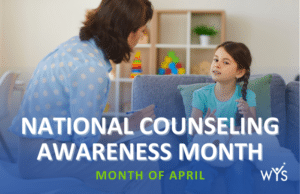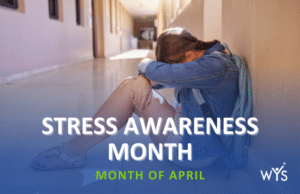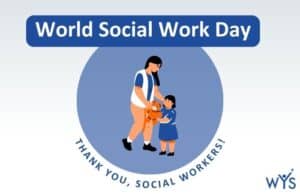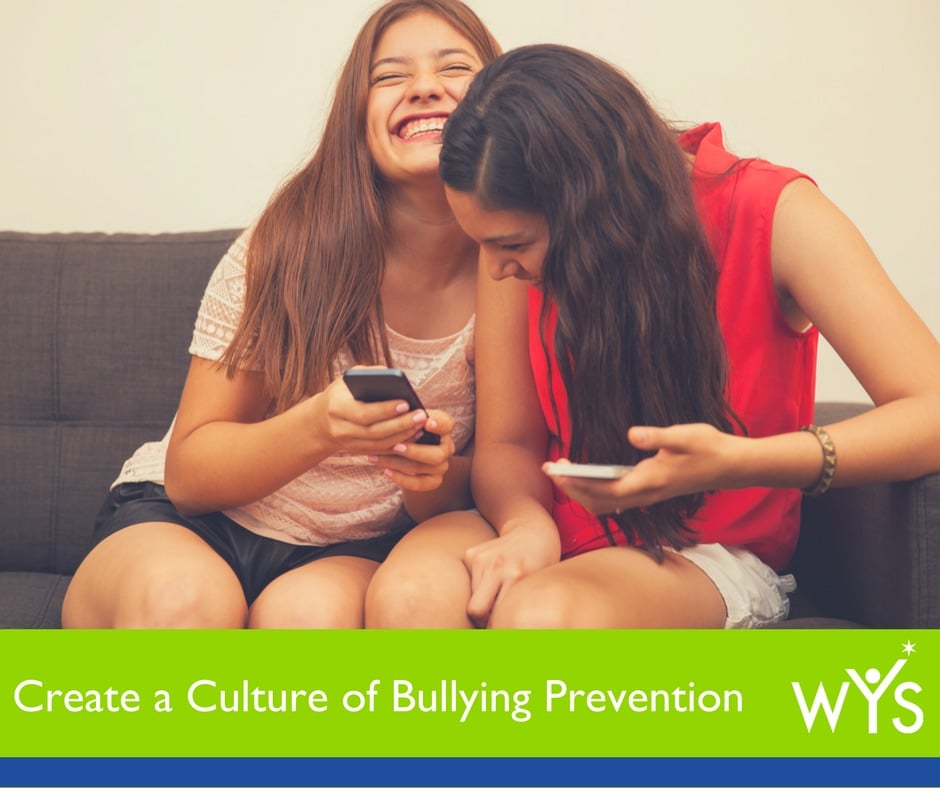
Create a Culture of Bullying Prevention
October is Bullying Prevention Month, a good time to remember that bullying happens every day and in many different places. We all MUST keep our eyes and ears open for various types of bullying behavior and how they are impacting the young people in our lives. The first step to stop bullying, is to speak up. If you see something, say something.
Bullying is a blanket term that refers to an imbalance of power and/or unwanted aggressive behavior that is often repeated over time. We will focus this article on children and teens, but bullying happens in all age groups and in all walks of life. It is not limited to any specific socio-demographic, it happens EVERYWHERE.
The patterns of bullying are displayed through emotional, verbal, physical and digital abuse that occurs in families, in circles of friends, in school, on the playground, in neighborhoods, and/or quietly behind computer/phone screens.
Statistics show that about 70% of students report witnessing bullying in their schools, and 30% report admit to bullying. The numbers on the infographic below are staggering… and this is only in school.
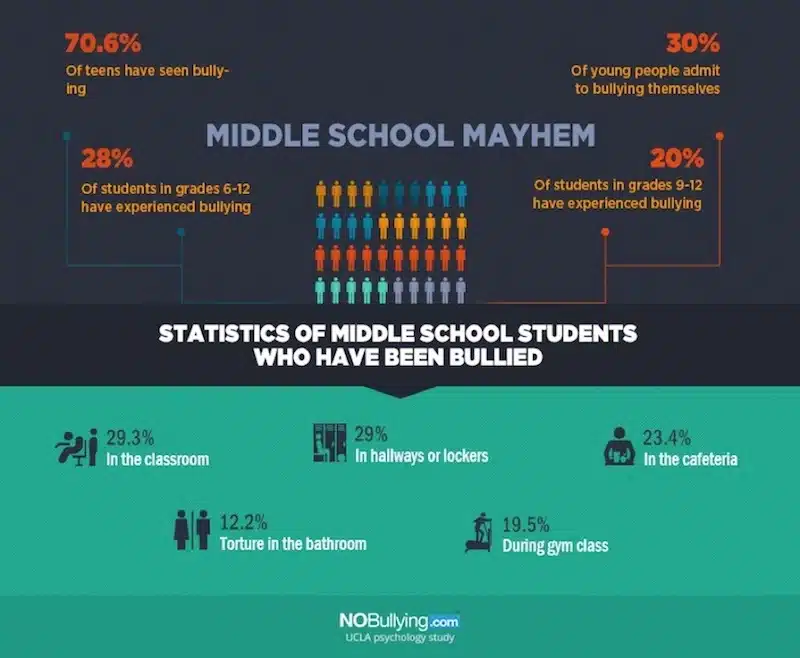
Voices Against Bullying
I would venture to say that if we each took a moment to think about it, at some point we have all experienced being bullied or witnessed a bullying incident. In retrospect, what could have been done to change the outcome?
Together we can make a real impact. It is crucial to stop bullying behavior in childhood, where it often begins. We have the advantage of research and experience to know that children who are bullied are prone to carry this familiar behavior into adulthood and even into future generations.
We include bullying prevention strategies in our collaborative mental health programs and support children and teens affected by bullying in the treatment we offer. Western Youth Services help to build awareness regarding the impact of bullying in terms of mental health. Strategies involve promoting how to identify bullying behavior, types of bullying, and ways to find help. Empowering students to become “Upstanders” and speak out when they witness others being bullied. This promotes positive character development and a culture of safety and inclusion.

I am reminded of one of our clients Savannah, her story encompasses the effects of bullying in all aspects of her life. This is an extreme example, but you can see how toxic stress builds and how with awareness and the proper care it can be stopped, turned around, and prevented in the future.
Savannah came to us after she was placed in foster care due to domestic violence. At 6 years old, she didn’t have the words to describe what she was feeling inside and didn’t understand why she couldn’t be with her mother and siblings. Savannah’s foster mother reported that she cried most of the day, would curl into a ball and scream anytime someone came near her and didn’t sleep. At first, Savannah refused to participate in therapy but her therapist didn’t give up. Every week, her therapist provided Savannah with a safe place to begin identifying and expressing her feelings.
Over time, Savannah began to verbalize her thoughts and feelings and at the age of 7, for the first time, she disclosed to her therapist the physical and sexual abuse she had suffered at the hands of her mother’s boyfriend since the age of 2. Savannah received therapy for the next year where she learned coping skills, how to manage her anxiety and prepared for the very difficult task of testifying against her abuser.
Savannah’s therapist was able to sit in the courtroom with her on the day she testified. She watched a tiny little girl sit in a big chair and talk into a microphone that was far too large for a child. Savannah was able to state the facts as she remembered them and held her head up high, looking into the face of her abuser. It was at that moment, her therapist knew Savannah had truly taken control of her own life and feelings.
Savannah is now 11 years old and in middle school. She started a group last year for kids who are bullied and will be the upcoming class president. In her campaign speech, she stated her goal in life is to “help those who are unable to do so for themselves, just like I was helped all of those years ago; someone saved my life and now I’m going to do the same.”
Savannah plans on becoming a clinical psychologist and working with childhood survivors of abuse.
Organizations like StopBullying.gov and StompOutBullying.org have started a movement and offer ways to get involved. The wide range of celebrities on the StompOutBullying website that speaks out against bullying is a good indicator of how insidious bullying is. A few that support their mission are Bette Midler, Donny Osmond, Metallica, Katy Perry, Hilary Duff and even Henry Winkler aka Fonzie from Happy Days…
What Bullying Looks Like
There is a lot of information readily available about how to help someone who is being bullied, what is less frequently discussed is what you should do if your child or a child you know is the one bullying others.
One of the guides we refer to often is An Educator’s Guide to Combat Bullying & Bully Prevention. It was written by teachers who are often on the front lines of bullying prevention.
Below, we outline some of the most important steps to take for either situation you are in.
Bullying can have serious consequences in the long-term. It often affects the most vulnerable youth, those with disabilities, learning differences, or in the LGBTQ community, but can also be directed at popular children, too. Some of the most prevalent bullying behaviors include, but are not limited to:
- Teasing
- Name-calling
- Inappropriate sexual comments
- Taunting
- Leaving someone out intentionally
- Telling other children not to be friends with someone
- Spreading rumors
- Embarrassing someone publicly
- Kicking, hitting, pinching, spitting, tripping, pushing
- Taking or breaking someone’s belongings
- Making mean hand gestures
What Cyberbullying Looks Like
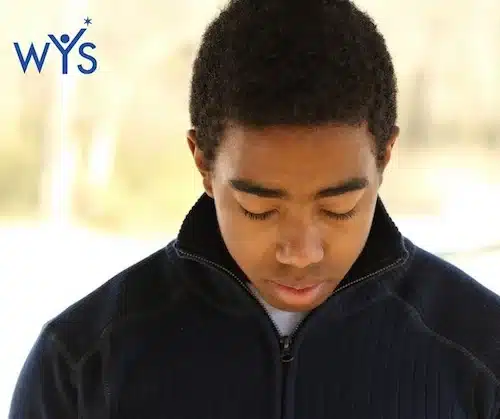
1 in 3 young adults report being cyberbullied at some point, with 25% of them saying that it has happened repeatedly through their cell phones. Of those affected, only half will reach out to a parent or teacher for help.
- Sending threatening or abusive texts
- Creating or sharing embarrassing images or videos
- “Trolling” or sending harmful or demeaning messages on social media
- Setting up hate sites for individuals
- Encouraging self-harm or suicide
- Voting for or against someone in an abusive poll
- Creating fake accounts to mock or steal someone’s identity
- Sending explicit, unwanted (sexting) messages
Read up on new social media sites and other websites. Stopbullying.org has important information to help you stay one step ahead of the technology.
How to Respond to Bullying
When children and teens witness or are the victim of bullying, they need to know that they should respond assertively and quickly. It is helpful if they already know which adults they can turn to for support and guidance. Helping them learn to remain calm is important, as an emotional response is often what the person who is bullying is seeking. Encourage them to use simple and direct language, stating that this behavior is not okay and will be reported to someone of authority. If you are the one being bullied use these guidelines for self-talk, too. We are typically harder on ourselves then we would be on others in a similar situation.
Avoid phrases that put blame on the victim, or oversimplify the situation, such as: “Just stand up for yourself,” or “Don’t be so sensitive!” Assume that if it were as simple as that, they would not be having a problem in the first place. Instead, try phrases that convey empathy and empowerment, such as: “I completely understand how you feel,” or “You are not alone,” or “This kind of behavior is not acceptable, and there is action that you and I can take to change it.”
Also consider that children and teens who are being bullied might not always come out and say so, or even have the language, like Savannah, to describe what’s going on. Instead, their stress symptoms may manifest as stomachaches, headaches, agitation, moodiness, sleeplessness, changes in eating habits, appearing stressed or anxious without any known reason, avoiding peers, isolation, sudden change in school performance, and/or not wanting to attend school at all.
How to Support a Child Who is Bullying Others
If you witness or have a feeling that your child, student, or a child that you know is the one doing the bullying, it is absolutely imperative that you address it sooner rather than later.
- Ask questions such as “do you or your friends ever leave other kids out of activities?”
- State clearly that what they are doing is “bullying” and hurtful to others.
- Help them to empathize with the victim (i.e. can you imagine how it might feel to be treated the way you treated the other person).
- Ask them if something or someone is bothering them.
- Consider having them issue apologies to those they have hurt, either in person or in writing.
- Consider consulting with a professional mental health service to assist them in addressing the underlying issues that are driving the behavior. If you are located in Orange County, CA we can help. If not, call, text or email the Boys Town National Hotline.
Bullying is an unfortunate issue that can be addressed and rectified when parents, guardians, teachers and community members are aware of the signs and are willing to act quickly. Learning how to empathize and treat others with respect in childhood is essential to encouraging the same kind of tolerance and kindness in adulthood, too.

Lorry Leigh Belhumeur, Ph.D.
Chief Executive Officer
Western Youth Services



